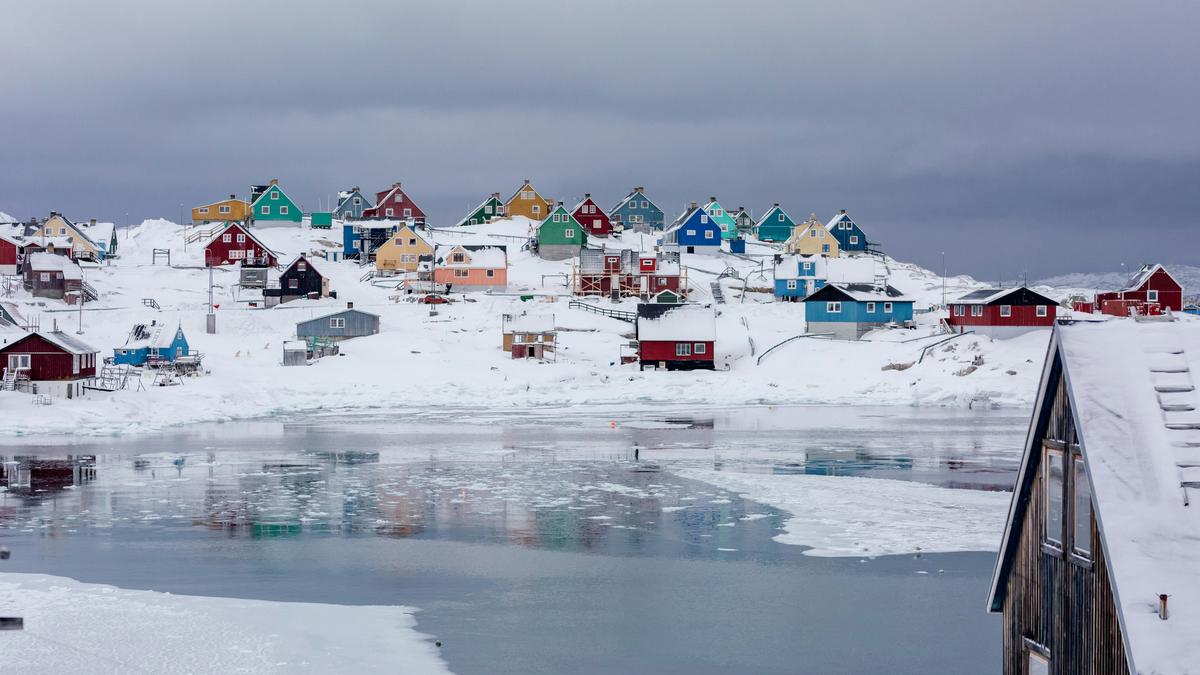
Greenland’s melting ice, unstable fjords vex extraction of oil and minerals Trump covets
The Hindu
Greenland’s government banned drilling for fossil fuels in 2021 — yet Donald Trump and his allies remain eager to see exploration resume off the island, despite exceptionally high costs, less than stellar results from initial drilling, and the ever-present risk of icebergs.
Since Donald Trump regained the U.S. presidency, he has coveted Greenland. Trump has insisted that the U.S. will control the island, currently an autonomous territory of Denmark, and if his overtures are rejected, perhaps seize Greenland by force.
During a recent congressional hearing, senators and expert witnesses focused on Greenland’s strategic value and its natural resources: critical minerals, fossil fuels and hydropower. No one mentioned the hazards, many of them exacerbated by human-induced climate change, that those longing to possess and develop the island will inevitably encounter.
That’s imprudent, because the Arctic’s climate is changing more rapidly than anywhere on the earth. Such rapid warming further increases the already substantial economic and personal risk for those living, working and extracting resources on Greenland, and for the rest of the planet.
I am a geoscientist who studies the environmental history of Greenland and its ice sheet, including natural hazards and climate change. That knowledge is essential for understanding the risks that military and extractive efforts face on Greenland today and in the future.
Greenland is unlike where most people live. The climate is frigid. For much of the year, sea ice clings to the coast, making it inaccessible.
An ice sheet, up to 3 km thick, covers more than 80% of the island. The population, about 56,000 people, lives along the island’s steep, rocky coastline.
While researching my book “When the Ice is Gone,” I discovered how Greenland’s harsh climate and vast wilderness stymied past colonial endeavours. During World War II, dozens of U.S. military pilots, disoriented by thick fog and running out of fuel, crashed onto the ice sheet. An iceberg from Greenland sunk the Titanic in 1912, and 46 years later, another sunk a Danish vessel specifically designed to fend off ice, killing all 95 aboard.

Half a century has passed since India successfully launched Aryabhata, its first satellite, on April 19, 1975. This success proved to be the solid foundation for India’s space programme, which has grown by leaps and bounds in the five decades since. A.S.Ganesh takes you back to where it all started…

 Run 3 Space | Play Space Running Game
Run 3 Space | Play Space Running Game Traffic Jam 3D | Online Racing Game
Traffic Jam 3D | Online Racing Game Duck Hunt | Play Old Classic Game
Duck Hunt | Play Old Classic Game










